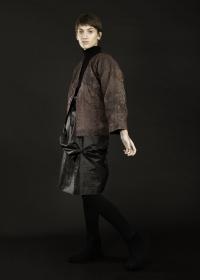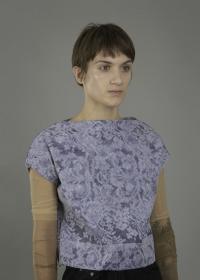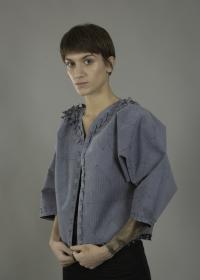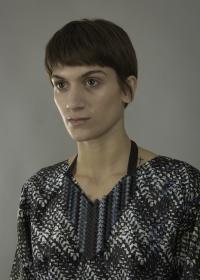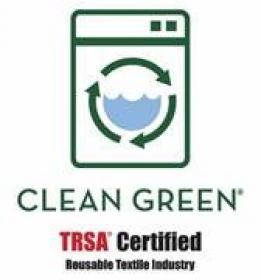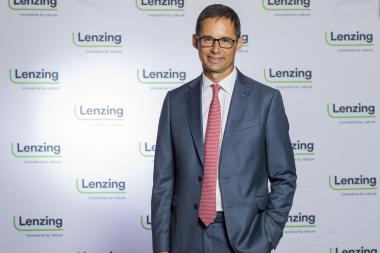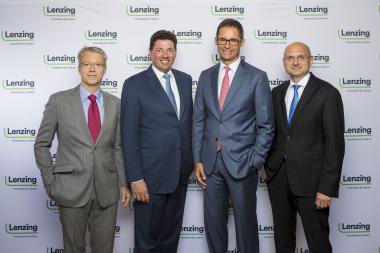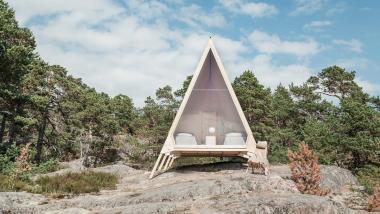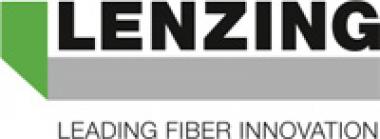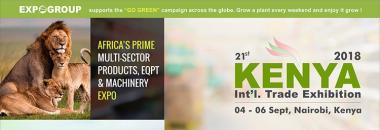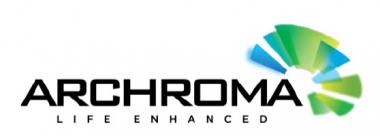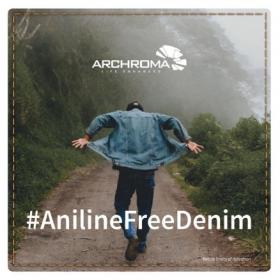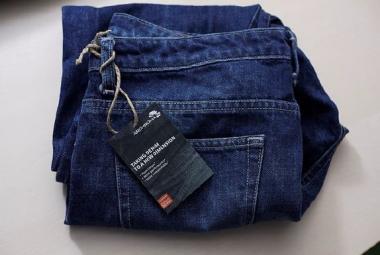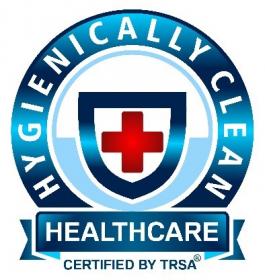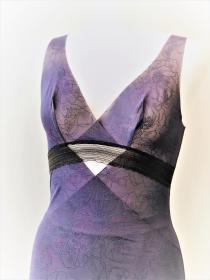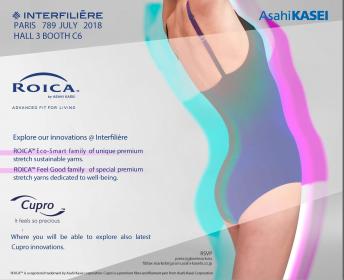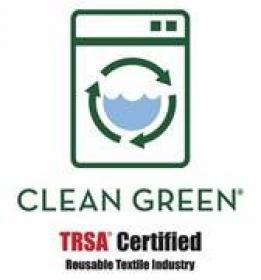Covestro: Wässrige bioabbaubare Textilbeschichtung
Um die Nachhaltigkeit einer Textilbeschichtung zu beurteilen, muss der komplette Produktzyklus betrachtet werden: Herkunft der Rohstoffe, Produktion und Anwendung. Genauso wichtig ist jedoch zu berücksichtigen, was nach dem Gebrauchsende passiert. Hier ist es ein großer Vorteil, wenn Substanzen am Ende des Produktlebenszyklus durch Mikroorganismen biologisch abgebaut werden können. Covestro bietet mit Impranil® DLN-SD eine wässrige Polyurethan (PU)-Dispersion an, aus der sich bioabbaubare Textilbeschichtungen (1) herstellen lassen.
„Rohstoffe von Covestro ermöglichen bioabbaubare Beschichtungen, aber auch Verbundwerkstofflösungen“, sagt Dr. Torsten Pohl, globaler Leiter Textilbeschichtung bei Covestro. „Damit leisten sie einen Beitrag zu einer modernen Kreislaufwirtschaft.“ Wie Tests zeigen, wird unter den speziellen Bedingungen des OECD-Standards 301 mehr als die Hälfte der PU-Dispersion innerhalb von 28 Tagen abgebaut. Damit ist die Abbaurate deutlich größer als die von Polyacrylaten und anderen Filmbildnern. Covestro stellt die Testergebnisse auf der European Coatings Show 2019 vom 19. bis 21. März in Nürnberg vor.
Textilbeschichtungen, die auf Impranil® DLN-SD beruhen, fühlen sich angenehm weich und trocken an; darüber hinaus sind sie abrieb- und waschbeständig und sehr flexibel. Die Dispersion ist ferner ein guter Filmbildner und zeigt eine gute Kompatibilität mit Nitrilkautschuk (Nitrile Butadiene Rubber, NBR). Sie ist deshalb auch in anderen Produktanwendungen einsetzbar, zum Beispiel in Latexhandschuhen und Verpackungen.
Da es sich bei Impranil® DLN-SD um eine aliphatische PU-Dispersion handelt, lassen sich mit ihr sehr lichtbeständige Beschichtungen formulieren. Die Dispersion kann im Haftstrich, im Zwischenstrich und im Deckstrich eingesetzt werden. Biologisch abbaubare Beschichtungen auf Basis von Impranil® DLN-SD kommen dem Trend nach umweltverträglichen und über den ganzen Zyklus nachhaltigen Produkten entgegen.
(1) Nach ersten internen Tests an reinen Polymerfilmen ohne Zusatz von Additiven, Vernetzern und Pigmenten.
Covestro AG







